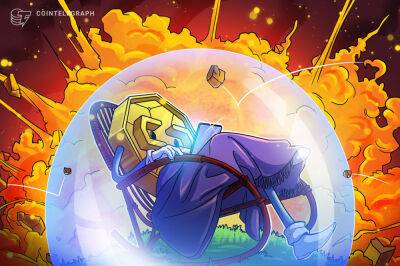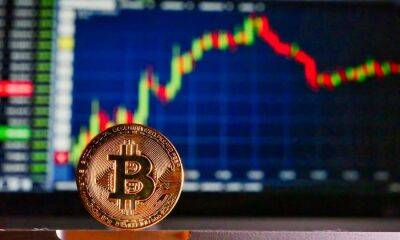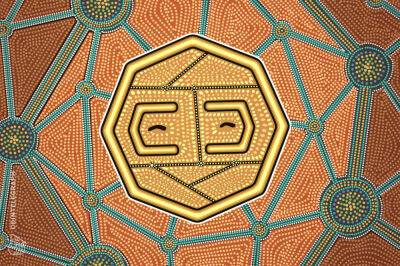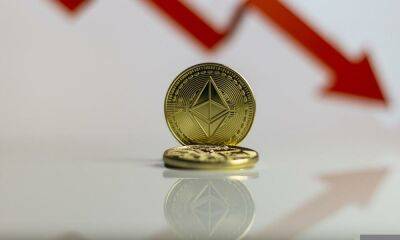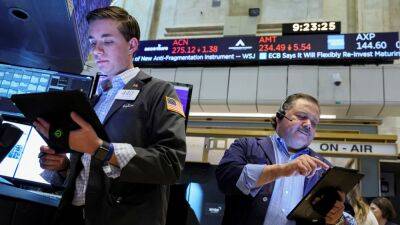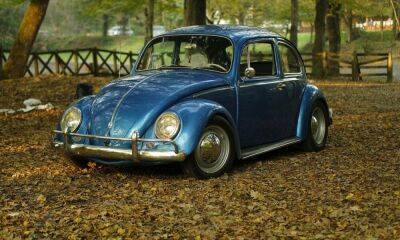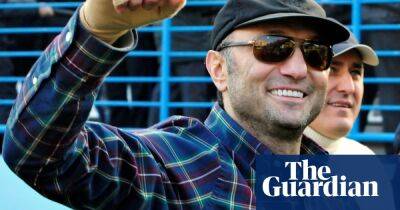70 years on and UK still mistakenly looks for economic miracle cure
In her 70 years on the throne the Queen has been served by 14 prime ministers and 22 chancellors of the exchequer. She has seen the country become wealthier and healthier despite five significant recessions. In 1952, the economy was dominated by manufacturing and powered by coal. Seven decades later, the pits have all closed and Britain is primarily a service-sector economy.
The past 15 years have been the toughest of the Queen’s reign. Two deep recessions have provided the bookends to a period of extremely weak growth and flatlining living standards. Inflation is the highest it has been in four decades and the immediate prospects for the economy are poor.
That said, much has changed for the better since 1952. People live longer, work fewer hours, travel more widely and enjoy the benefits of 70 years of technological progress in everything from improved medical treatment to mobile phones. Only the well-off had TVs, washing machines and fridges in the early 1950s.
One thing that has not changed is the search for the magic ingredient to make the economy more dynamic or – to put it more accurately – to turn the clock back to its former glory under another long-reigning monarch, Queen Victoria.
There has been plenty of experimentation. When Queen Elizabeth II came to the throne in early 1952, the postwar Labour government had just lost power and been replaced by the Conservatives led by Sir Winston Churchill. There was, however, no great rolling back of Labour’s nationalisation programme and so difficult was it to tell the difference between the economic policies of the new chancellor (Rab Butler) from that of the old chancellor (Hugh Gaitskell) that the centrist approach became known as Butskellism.
In many respects, the 1950s
Read more on theguardian.com






